The "Taoist goes down the mountain" in the Anti -Japanese War is really more god than a god drama?
Author:Military secondary surface Time:2022.06.27
"Military and Military Secondary Point" Author: Summer insects cannot speak ice
Speaking of the classic anti -Japanese TV series, many people will think of "Bright Sword". In "Bright Sword", in addition to Li Yunlong Chu Yunfei these main characters, what impresses the military martial arts is Wei Dadong, who is nicknamed "Monk". He is the first. The four devils were killed after appearing, and they escaped from the enemy camp alone.
In fact, this kind of "divine drama" legendary experience also has a real prototype in history. Xu Yongqing, a soldier soldier, learned Shaolin Wugong since he was a child. On the way to escaped, he found that the large troops joined the Eighth Route Army while winning the gun and escaped. Essence
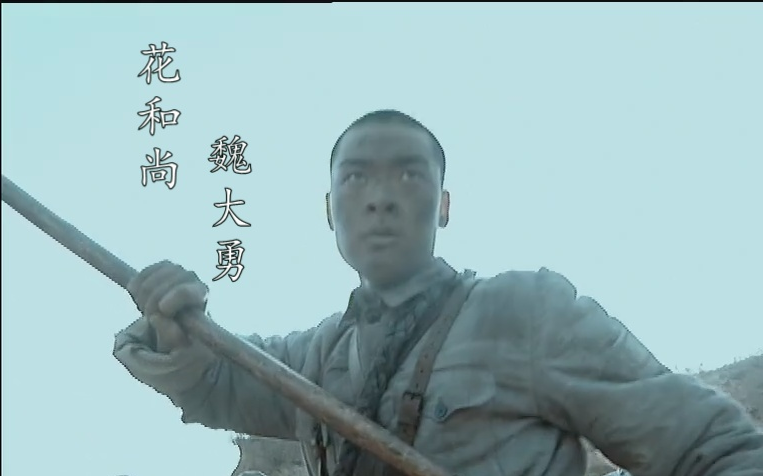
When it comes to Shaolin Kung Fu, it is easy to remind people of martial arts masters. The folks have always circulated the story of "Thirteen Strings to save Tang King". In the impression of military martial arts, the Buddhist gate is a pure place, which is reasonable to say that it should not intervene in the battle of the vulgar world.
However, during the War of Resistance Against Japan, these monks who usually learned Buddhism in the temple could no longer be cleared. They chose to be born, not only actively helping the Anti -Japanese Armed Forces, but some of them also carried the gun directly on the battlefield. As the so -called "going to the mountain is learning Buddhism, and going down the mountain to remove demon is also the guard road."
"Go to the horse to kill the thief, go down to the Buddha"
In 1936, the Anti -Japanese War was undergoing a critical juncture. Master Xuyun, an 86 -year -old, led the temple monks to shrink food and saved food donations to the country to help the victims and front lines. Food, stench all over the field, Master Xuyun took the initiative to donate more than 200,000 yuan in aroma money for disaster relief.
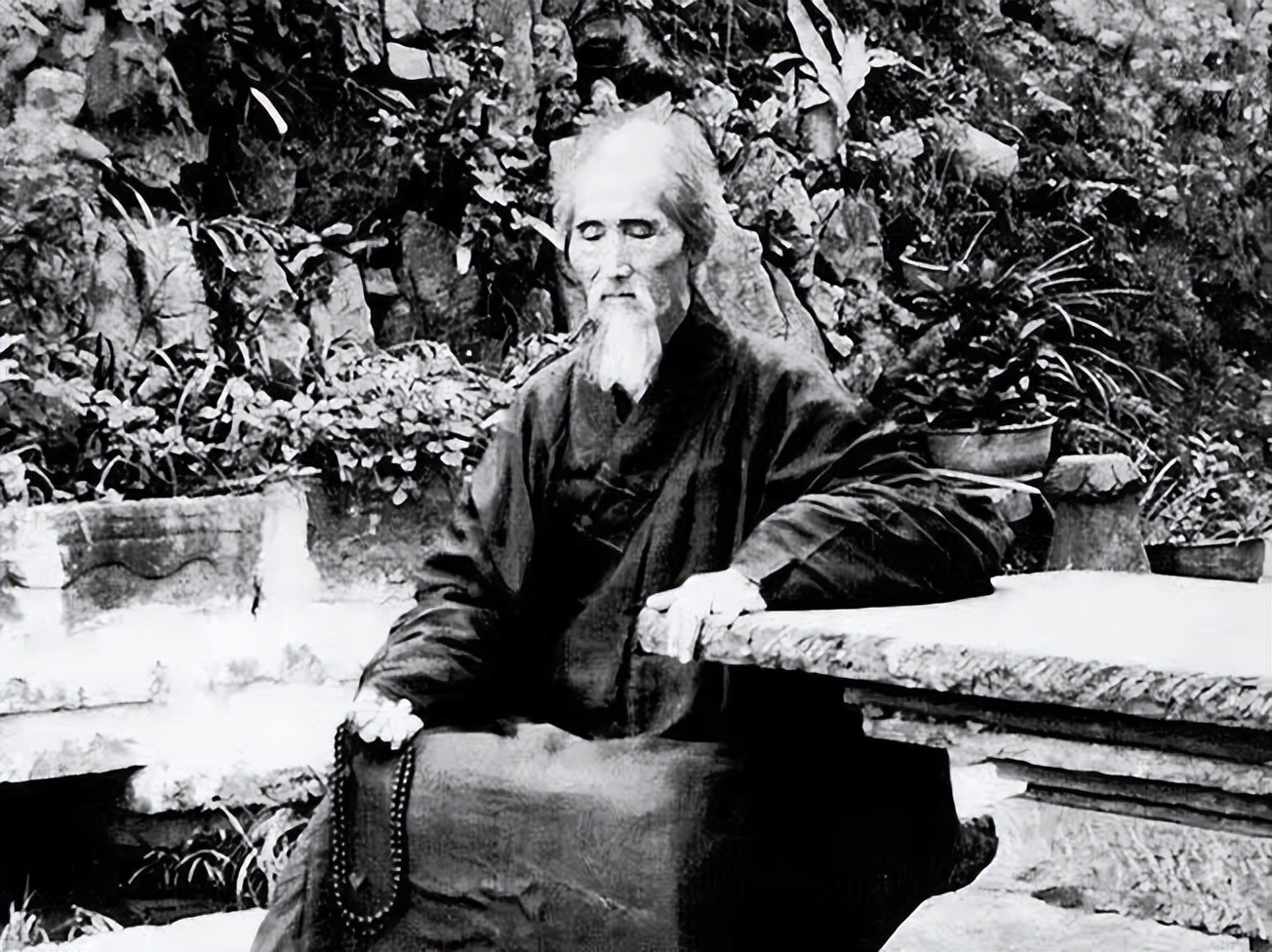
▲ Master Xuyun
There is also the patriotic anti -Japanese monk Giant Master. Master Giant joined the Communist Party before he became a monk. Later, in order to avoid the Kuomintang's wanted, he fled to the temple to go home. This was planned to have the ancient Buddha in the blue lantern, but the Anti -Japanese War broke out. The outbreak of the War of Resistance Against Japan, Master Janzan went out of the mountain again, organizing Buddhists in Hunan, Fujian, Guangdong and other places to participate in the Anti -Japanese event. In the autumn of 1939, Master Janzan established the "Nanyue Buddhist Taoism Association" and served as the director of propaganda stocks. After the War of Resistance Against Japan, Master Janzan returned to Lingyin Temple to continue to cultivate Buddhism. In 1949, the old man also detoured Hong Kong to Beijing to put forward his own opinions for the construction of New China. Then, as a representative of the Buddhist community, he attended the first CPPCC meeting and the founding ceremony.

▲ Master Janzan
As a monk, Xuyun and Juzan are naturally not like the Japanese devils like the "monk Wei", but the next thing to say is the monk of the real knife and the real gun on the battlefield.
In September 1937, Nie Rongzhen was ordered to come to Wutai Mountain, Shanxi to create a Jinchaji Anti -Japanese Base. The word Jinchaji, who often watched the anti -Japanese drama, should have heard that Jin is Shanxi Province; Chahar Province is now gone; Ji is Hebei Province. Jinchaji said that it is the junction of the three provinces. Generally, these places are three regardless of the area, which is convenient for our army to carry out activities.
When the base was established, there was no place to live in the troops, and no one took the initiative to provide the villa, so they could only live in the temples of Wutai Mountain. Fortunately, Wutai Mountain has been a Buddhist sacred place since ancient times. There are more temples. There are more than 300 together in the Yellow Temple of the Green Temple of the Shan Shan.
In less than a year, the war was burned to Shanxi. After the Japanese occupied Shanxi in 1938, they had cleared Wutai Mountain many times. The Eighth Route Army relied on the ventilation letter of the monks to move in time and not being surrounded by the Japanese army.
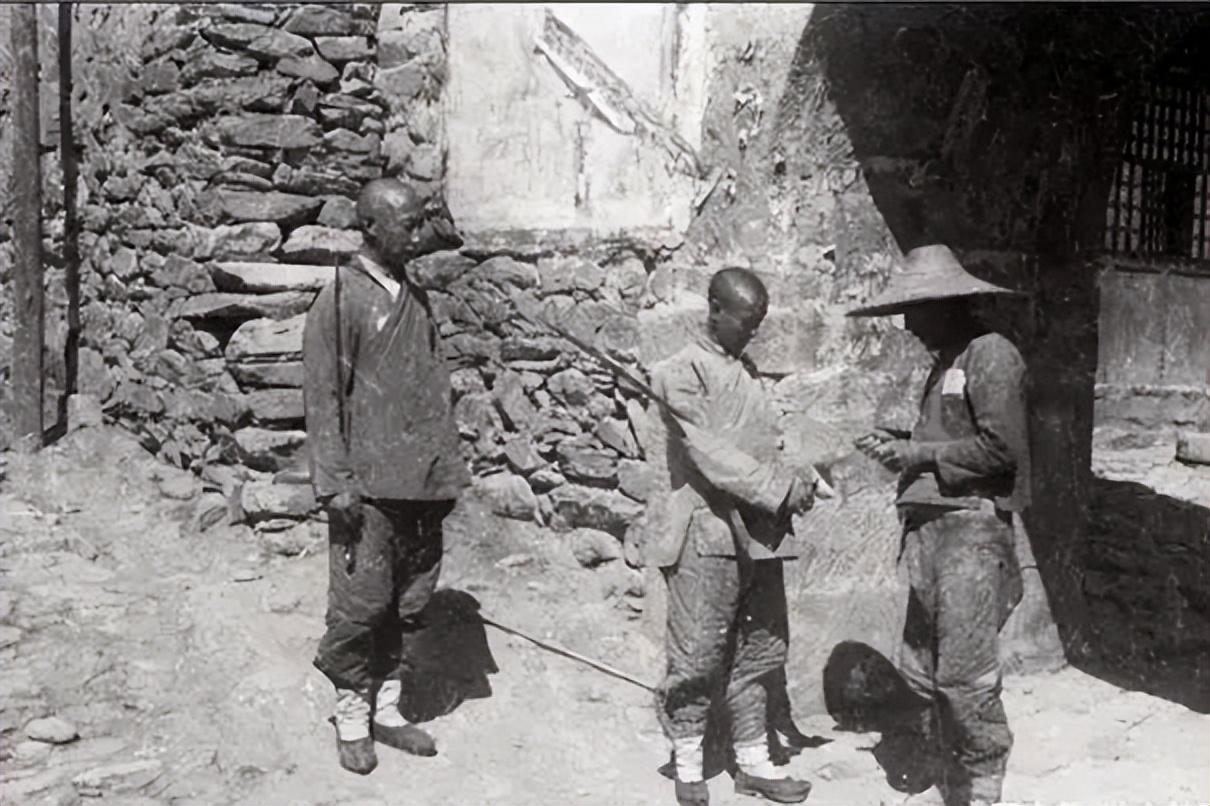
▲ The monk who participated in the Eighth Route Army
Every time the Japanese army came to the air, they suspected whether this group of monks and the Eighth Route Army were allowed. Later, the Japanese army could not find anyone to take the valuable things in the temple. The pots, chopsticks and rice spoons were smashed by me, and in the end, there was really nothing.
The guy who ate was gone, and the bedding was gone. The monks in Wutai Mountain saw who told us to be unlucky and born in troubled times. Now that you want to cultivate Buddhism to cultivate Buddhism, you can just go straight down the mountain to join the army.
As the so -called "there is no grandfather who stays here, there is no grandfather everywhere, Lao Tzu is involved in eight roads." The old monk who is old will not carry the gun. It is estimated that you ca n’t carry it. Young monks organized and established the "Monk Self -Defense Force" to receive anti -Japanese training organized by the Eighth Route Army. According to incomplete statistics, at the end of the War of Resistance Against Japan, more than 1,000 monks and lamas took off their crickets, put on military uniforms, put down woodfish, carried their guns, and joined the anti -Japanese team.
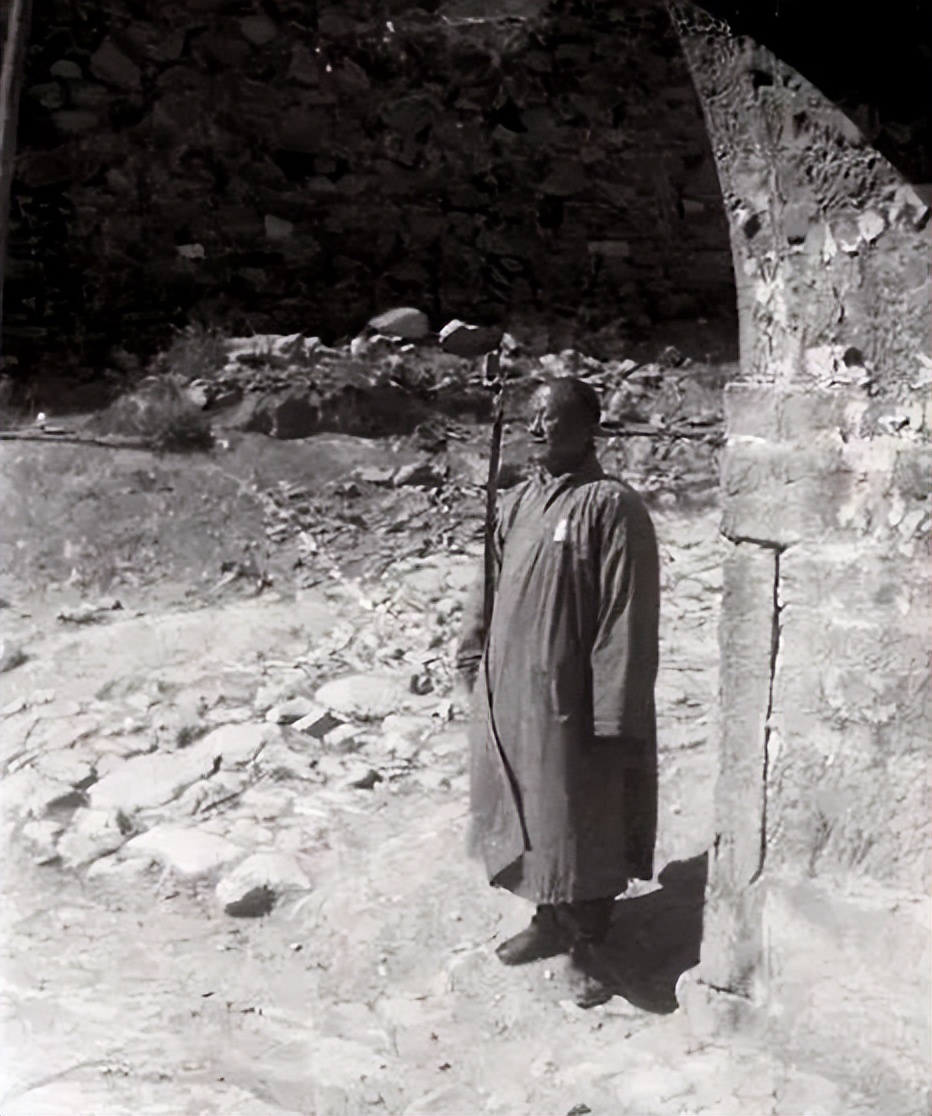
▲ The monk soldiers who are standing
Later, these monks formed a company and were edited to the four regiments of Jinchaji Two Divisions. Although I haven't played any large -scale battles, they also continued to harass the Japanese army with the Eighth Route Army behind the enemy. Your own strength. After the war, some of these monks returned to the temple to continue practicing, and some stayed in the troops.
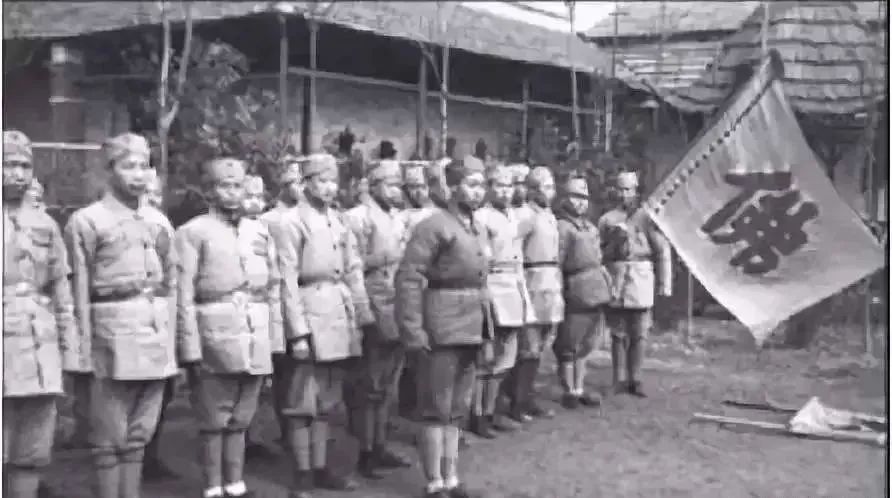
▲ Monk Lian
In 1942, Zhao Shangzhi, commander of the Northeast Anti -Japanese Coalition Army and the Third Army of the Northeast People's Revolutionary Army, was mighty. His head was transported to Changchun by the Japanese army. After decision, the Japanese Kagoshito Army intends to burn Zhao Shangzhi's head to destroy. Coincidentally, the Japanese Kanto Army Commander -in -chief Meijin Michigo believed in Buddhism. He had repeatedly met Master Xuanxu. He turned around in the wisdom of Master Xuanxu, and finally made General Zhao Shangzhi's head preserved.
"Taoist goes down the mountain"
In addition to Buddhism, the traditional Chinese religious Taoism played a lot of role in the War of Resistance Against Japan. For example, the Mao Shan Taoist priest who is familiar with is the one played by the Hong Kong actor Lin Zhengying to drive the monsters everywhere, and the one of the yellow runes on the zombie head. Essence The history of the Maoshan faction can be traced back to the Han Dynasty. Legend has it that the three brothers of the Han Dynasty Mao Ying, Mao Gu, and Maozhong cultivated Dao into a fairy in Maoshan. Later, Taoist brothers were called three Mao Zhenjun, and they were regarded as the ancestor of the Kaishan ancestor of the Maoshan faction. Although the Maoshan priests in history have not surrendered to zombies, they have really fought "ghosts" down the mountain. ▲ Maoshan Taoist priests in film and television works
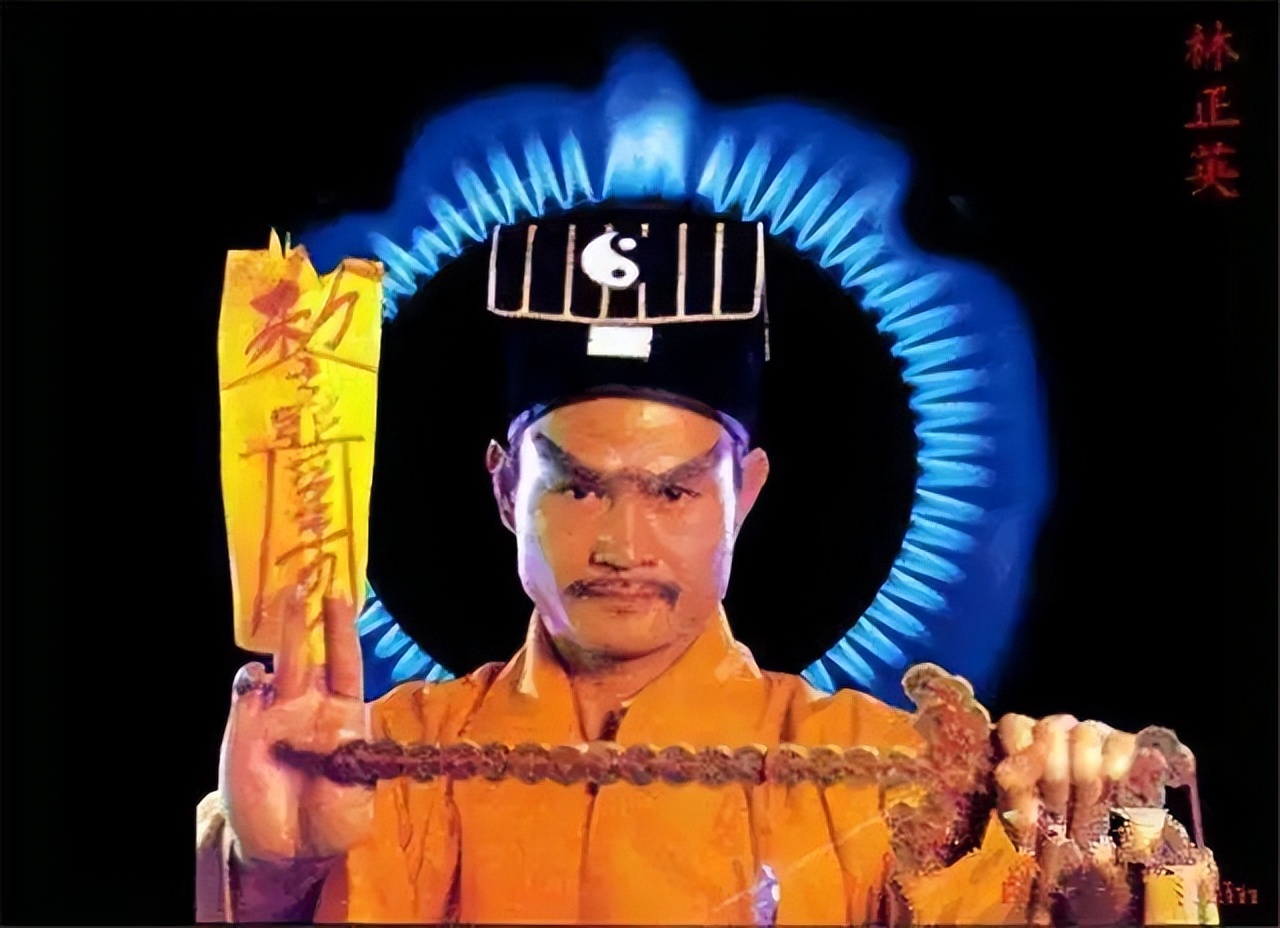
In June 1938, Marshal Chen Yi took the New Fourth Army into Maoshan and created the Maoshan Anti -Japanese Revolution base. At that time, the 22 -year -old Lijun Channel Commissioner, the local Taoist priests and the masses welcomed the New Fourth Army. Director of the Channel of Li first served as a grain custodian to the New Fourth Army, and later sent information to the New Fourth Army.
In 1938, the Japanese invaded Japanese army occupied Maoshan, invaded the Qianyuan View, and burned the surrounding Songfeng Pavilion and Prime Minister's Hall. His father Li Hongchun, who had a good relationship with Marshal Chen Yi, was long -term, and many other innocent Taoist masses were killed by the Japanese army. Faced with the hatred of the country's hatred, Li Yu's long -term grief turned into the power of grief, and he was more actively engaged in the work of the anti -Japanese work. In 1980, the director of Li Yukou served as the chairman of the Chinese Taoist Association and promoted the various tasks of the Chinese Taoist Association to return to the right track.
▲ Li Yu's channel chief
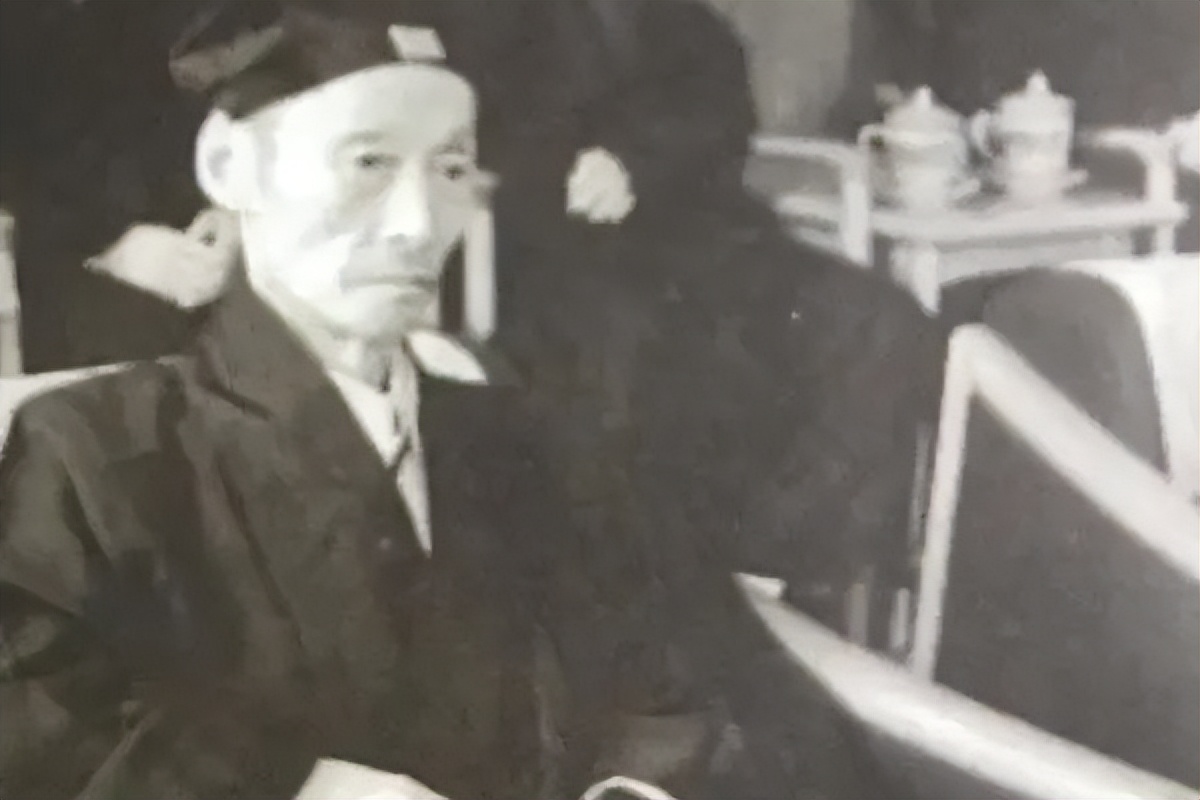
Besides, an anti -Japanese Taoist Li Yuan has a long passage. It is said that Li Yuan has been born in a martial arts family and practiced martial arts since he was a child. When he was young, he caught up with the chaos warlord cutting.
Later, Li Daochang was tired of fighting and killing his life, and ran to Langya to go home. Speaking of Langya Mountain, everyone can almost think of the five strong men of Langya Mountain. In 1941, the Japanese army swept the Wolf Yaoshan. The five strong men jumped off the strong martyrs from the cliff. In fact, only three were sacrificed, and two were hung on the tree. There is no death, and there is this Li Daolong among those who participated in the rescue of the two surviving soldiers.
I wanted to spend the rest of my life in the deep mountains, but I did not expect that the Japanese came over again. Li Daochang couldn't bear to look at his compatriots being slaughtered by the enemy, so he staged "Taoist priests down the mountain" and joined the anti -Japanese team.
Because Li Dao has lived in Wolf Yaoshan for a long time, he is very familiar with the terrain and terrain, so he has also repeatedly assisted the Eighth Route Army to survey the terrain to build defense work. Essence
One time the Eighth Route Army and the first division guards encountered the surround of the Japanese army in the chessboard. It was Li Daochang and the Eighth Route Army soldiers walking a little known path before breaking through. Later, General Yang Chengwu of the People's Liberation Army wrote a memoir, and repeatedly mentioned the actions of the Patriotic Patriotic Action of Langya Mountain.
▲ A group photo of Li Yuanzhong and the Eighth Route Army soldiers
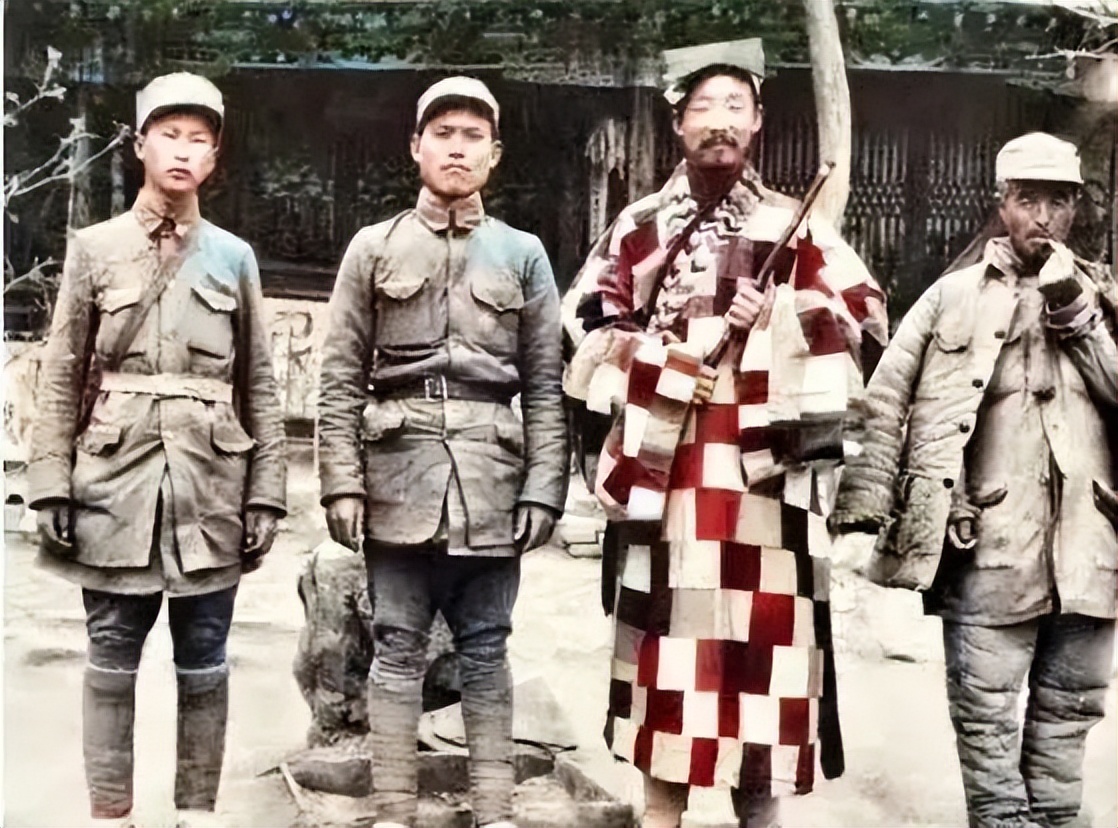
However, the Japanese army's crazy sweeping, the Taoist outlook on Langya also lost heavy losses. In the fall of 1943, after the Japanese army slaughtered the Taoist priests on the mountain, another torrential Taoist view was burned. The director of the Li Yuan channel just went down the mountain to send information, and then escaped.
After he returned to the mountain to see the Taoist view of his Taoist bodies turned into a scorched earth, he couldn't help crying. From then on, he left Langya Mountain and swim everywhere to continue to contribute to the anti -Japanese.
Christian Warriors
Finally, Christianity, although Christianity is foreign, and it is relatively late to come back to Buddhism, but it is not ambiguous in the anti -Japanese war of the people, and has the money to pay for money.
In 1938, an Eighth Route Army forces behind the enemy's anti -Japanese activity encountered "conventional difficulties" -ly lack of guns and ammunition. This is a problem with the boss. At the time of discarding a lot of weapons and ammunition, most of these equipment were hidden by the local people. The Eighth Route Army sent people to mobilize the masses and want to take back these equipment, but the people do not seem to cooperate very much.
So the chief of the Eighth Route Army came to the local church to find a priest named Guo Chengping to see if the priest could help Zhang Luo Zhang Luo. The priest was very prestigious in the local area. The priest agreed without saying a word.
▲ Father Guo Chengping
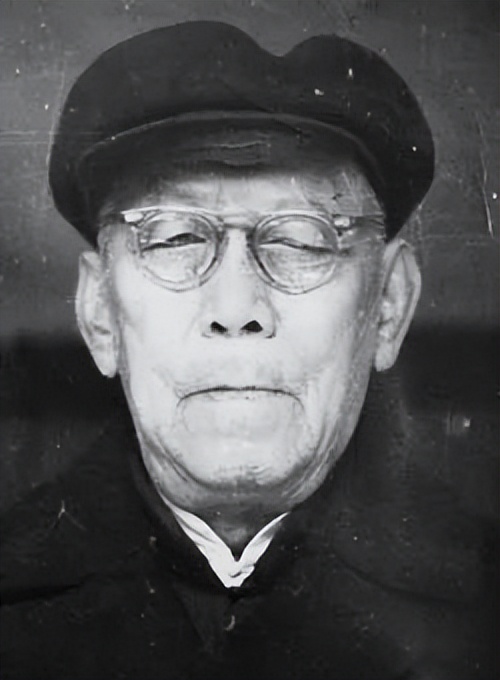
The overall situation was serious. Seeing that the priests came forward, they turned out those guns to handle them. It is said that there were light machine guns, various rifles, and a mortar.
After that, Father Guo also used the identity of the clergy to take the donkey car into the city to buy a living office supplies, medicines, quilts, etc., and mobilized the villagers to support the old military uniforms. It was called Zhang Erquan, and once he presented 200 silver dollars.
In addition to the local priests, foreign priests also actively participated in the War of Resistance. For example, the Italian priest Bai Maolin in Taiyuan, Shanxi, during his tenure of Father Bai just caught up with the Japanese army to attack Shanxi. Every time the Japanese sent an airplane to bomb, Father Bai called the local people to the church, and then at the bell tower at the top of the church. When hanging the Italian flag, the Japanese aircraft was no longer bombarded by the Italian flag. When the devil entered the village to harass the people, Father Bai asked the people to hide in the church and do their best to protect the innocent Chinese villagers.
▲ Chinese missionaries in China, Taoist, and priests are all monks. It is reasonable to see all kinds of suffering in the world, but this time we lose too much. This is the Chinese nation for thousands of years.If there is no defeat, the large land of land is lost. As a living Chinese, how can you do nothing, avoid the world in the temple Dao Guan Church every day. Do you really have to wait until the country of death and then ask the immortal Buddha to bless?As Master Xuan said a word: If the country is in trouble, killing is a nursing student.
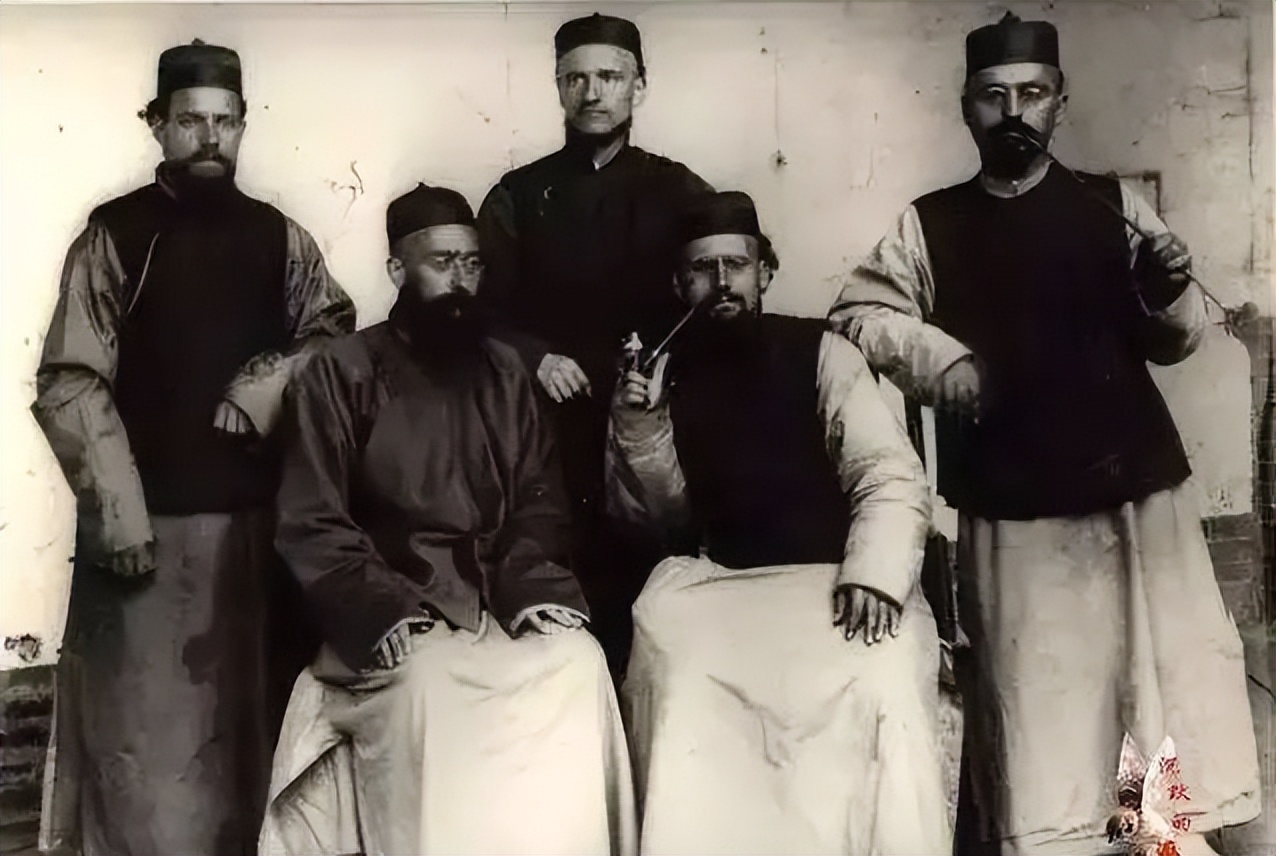
There are many people who do not know their names have made a force for the War of Resistance Against Japan, and even presented their precious life.How many are there?So no matter who they are, we are worth remembering.
- END -
[Recommended by good books] Reading parent -child, feeling strong father's love
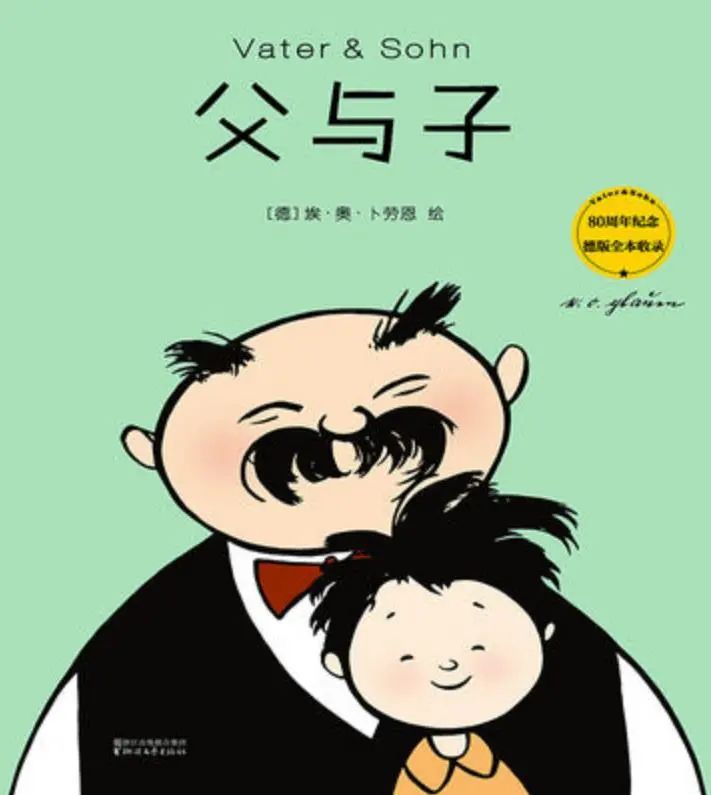
There is such a personHe is our heroHope to support the houseThere is such a perso...
Music Xia "Art" starts with the future of the Children's Talent Exhibition of Pudu District

The summer is bright, just like the vitality boy. On July 1st, 2022 Chengdu Cultur...